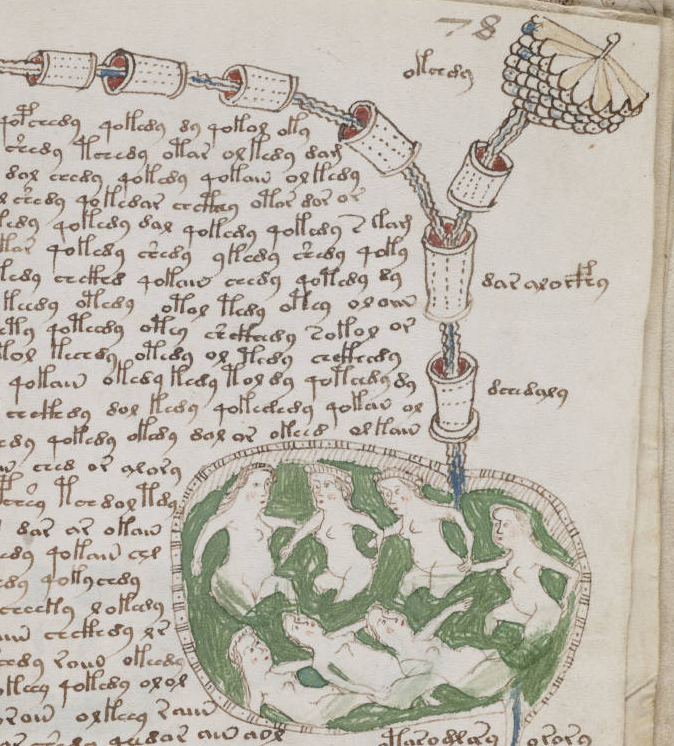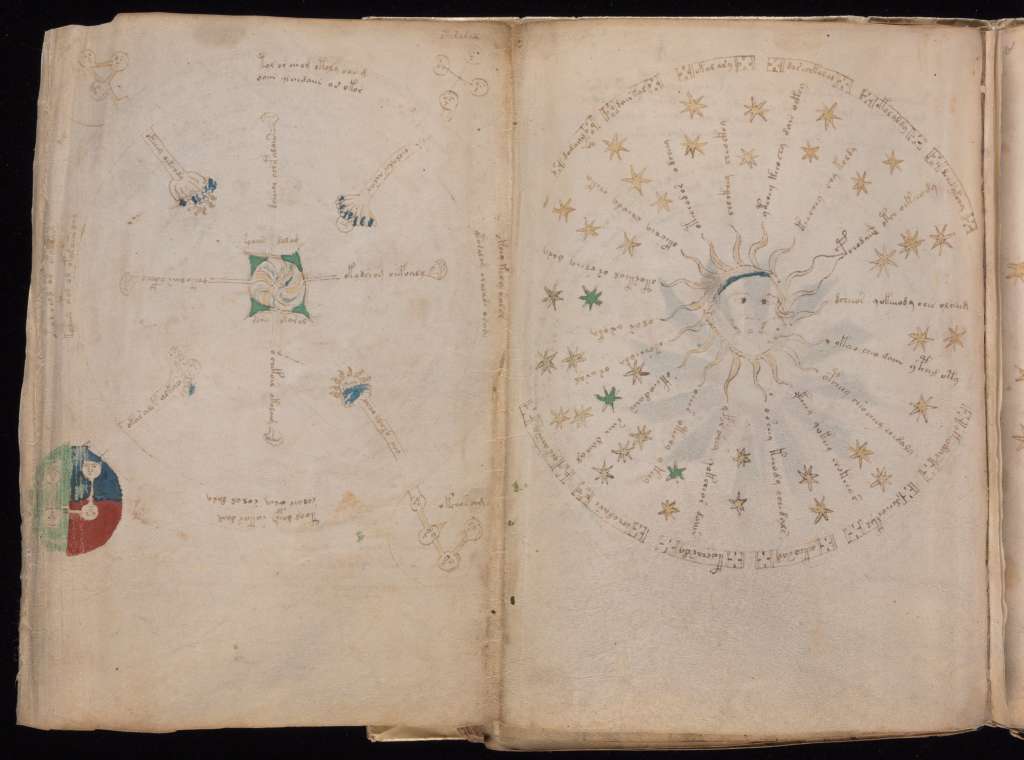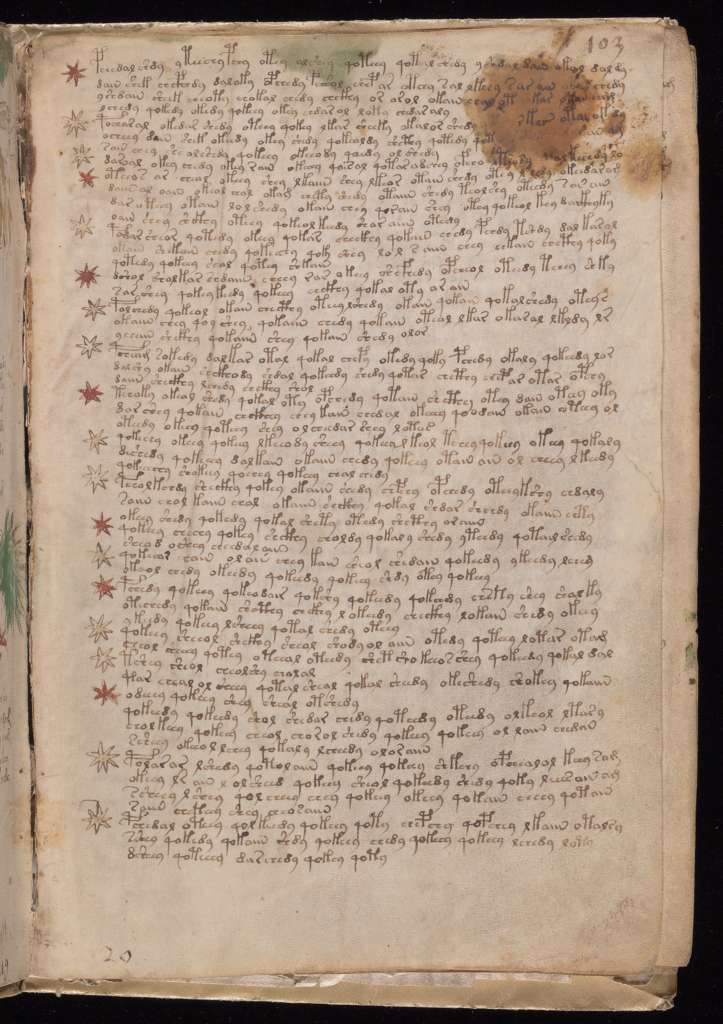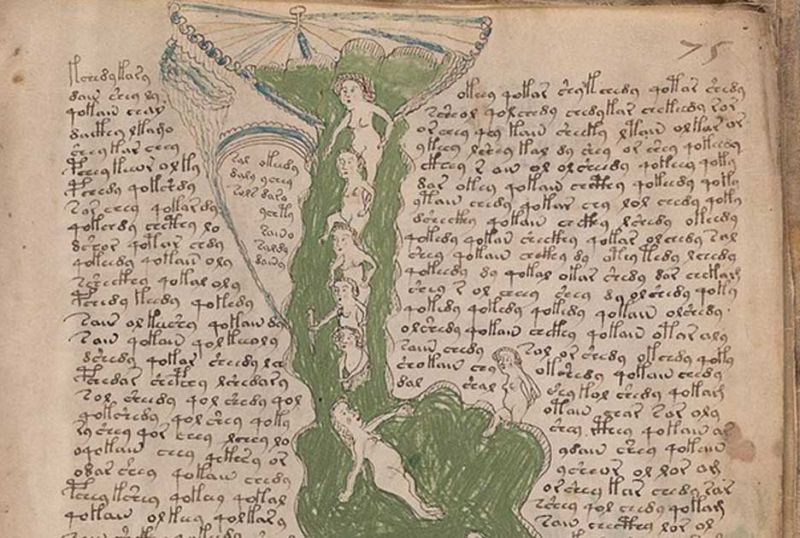At Covert Concepts, we love secret rooms and passageways, mysteries, codes, conspiracies, and women’s health manuals. OK, wait, that last one sounds a little creepy. But there is one mysterious book—that may or may not be a medieval women’s health manual—that piques our interest because it has vexed experts for 600 years. We’re talking about the Voynich Manuscript.

In 1915, a Polish revolutionary and book dealer named Wilfrid Voynich introduced the world to a book he claimed to have bought in Northern Italy a few years earlier. The book appeared to have been written entirely in cipher, and it featured detailed drawings of plants and beasts that could have come out of a D&D manual. The script, which seems to be written from right to left, is of unknown origin.

The book has no title, nor any information about its author, though it does seem to have a line of owners dating all the way back to Holy Roman Emperor Rudolf II (1576–1612).
It appears to be a scientific or medical work from the middle ages, broken into several sections, including an herbal section, an astronomical section, a cosmological section, a seemingly fantasy-inspired “biological” section, what seems like a pharmaceutical section, and a recipe section.

Almost immediately after its introduction, the book came under scrutiny of the world’s leading cryptographers, including British and American codebreakers from World War II. Though many have tried, no one has proven to have decrypted the text. In fact, it’s unclear if the book is encrypted or a code, if it’s some sort of medieval shorthand, or if it’s a genuine, unknown language.

It is a hoax?
Radiocarbon dating has been done on all aspects of the book to make sure it wasn’t some elaborate hoax by Mr. Voynich. The vellum (paper) has been dated to between 1404 and 1438. The cover seems to have been added later, though still hundreds of years before Voynich owned the book. The current scientific consensus seems to be that Voynich did not create this manuscript, for the vellum all came from the same source and its unlikely that Voynich could have come across over a hundred sheets of blank, 15th Century vellum stock.
Over the years, there seems to have been efforts to tie authorship of this manuscript to English friar and polymath Roger Bacon. However, Bacon died over 100 years before the manuscript was created, so it’s possible that the book was a 15th Century hoax in an effort to sell a Bacon forgery.
Because we have been unable to decipher the text, and because the images are of fantastical creatures and plants, the purpose of this manuscript—if it’s not a hoax—is unclear. Because of what looks like pharmacological recipes, it’s likely that the book was a medieval medical textbook.

In 2017, a TV writer named Nicholas Gibbs, claimed the book was written in abbreviated Latin and that it was a mostly plagiarized guide women’s health. This gained a lot of press at the time, though it was soon trashed by medieval scholars.
As of 2018, the Voynich Manuscript is still a mystery. You can view the entire document here [http://www.voynich.nu/folios.html] Who knows, maybe you can be the one to decipher it!
Written by: Scott McCormick
